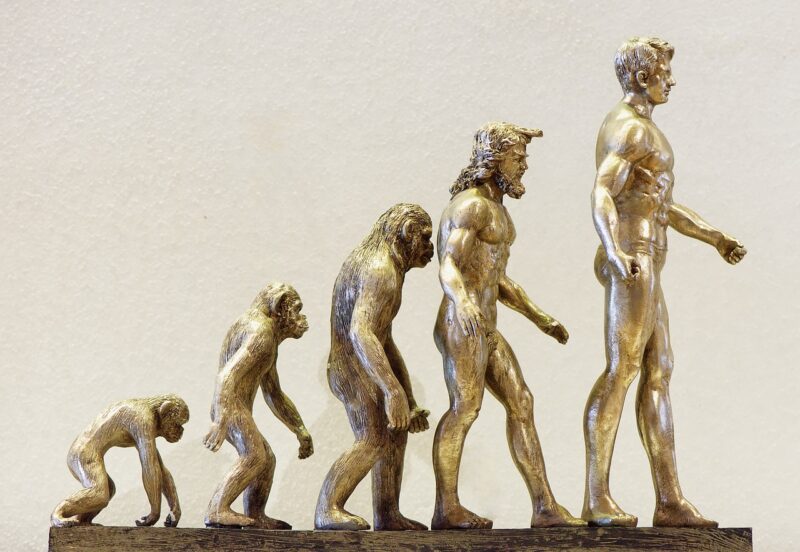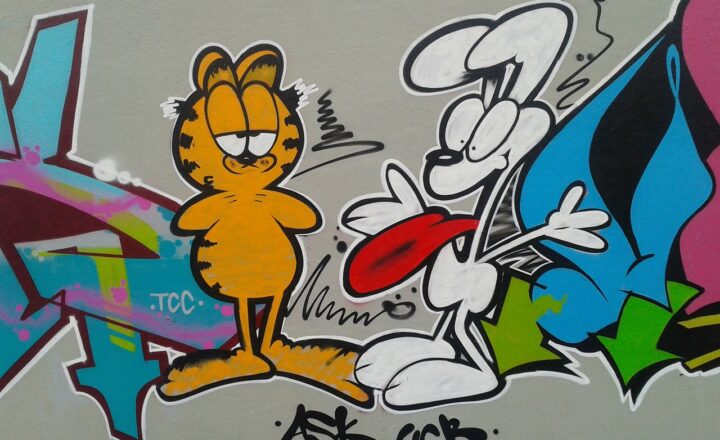The Development of Animation from Early Cinema to Today’s Hits
November 14, 2024

Animation has transformed from a niche art form into a dominant force in modern entertainment, captivating audiences of all ages. The journey of animation can be traced back to the early days of cinema, where simple drawings and rudimentary techniques gradually evolved into the sophisticated 3D animations that dominate today’s film and television landscape. In this comprehensive article, we will explore the major milestones in the development of animation, highlighting the techniques, technologies, and cultural impact that have defined this dynamic medium.
1. The Birth of Animation: Early Techniques
Animation dates back to the late 19th century when pioneers began experimenting with moving images. One of the earliest forms of animation was the phenakistoscope, invented by Joseph Plateau in 1832. This device used a series of images on a rotating disc, creating the illusion of motion when viewed through slits.
In 1892, Émile Cohl, a French cartoonist, produced “Fantasmagorie,” recognized as one of the first animated films. It featured stick-figure characters and was created using the stop-motion technique. This simple yet groundbreaking film laid the groundwork for future animators and inspired a new wave of creativity.
Another notable figure in early animation is Winsor McCay, whose work “Gertie the Dinosaur” (1914) is celebrated as one of the first successful character animations. McCay brought his creation to life with personality and charm, demonstrating the potential for storytelling through animation.
2. The Golden Age of Animation
The 1920s to the 1960s marked the Golden Age of Animation, characterized by the rise of iconic studios such as Warner Bros., Metro-Goldwyn-Mayer (MGM), and, most notably, Walt Disney.
Walt Disney’s “Steamboat Willie” (1928), featuring Mickey Mouse, was one of the first synchronized sound cartoons, revolutionizing the animation industry and paving the way for future successes. Disney further pushed the boundaries with features like “Snow White and the Seven Dwarfs” (1937), the first-ever full-length animated film, setting a benchmark for storytelling, character development, and animation techniques.
During this period, animation became a significant part of the American entertainment landscape, influencing fashion, music, and culture. Characters such as Bugs Bunny and Daffy Duck emerged, showcasing the creativity and appeal of animated storytelling.
3. The Technological Revolution in Animation
The advancement of technology in the latter half of the 20th century dramatically impacted animation. The introduction of television in the 1950s led to the birth of numerous animated series, such as “The Flintstones” and “The Jetsons,” which brought animation into households across the globe.
The 1980s and 1990s marked a significant shift with the introduction of computer animation. One of the pioneers of this was Pixar, which revolutionized the industry with its feature film “Toy Story” (1995). As the first entirely computer-animated feature film, “Toy Story” showcased the limitless possibilities of animation, earning critical acclaim and commercial success.
Computer-generated imagery (CGI) continued to evolve, enhancing the visual quality of animated films. Studios began leveraging digital tools to streamline production processes, allowing for more complex and visually stunning animations.
4. Animation in the 21st Century: A New Era
Today, animation encompasses a wide range of styles, from traditional hand-drawn methods to cutting-edge CGI. The 21st century has seen the emergence of diverse animated content, including feature films, television shows, video games, and online content. Animation has become more accessible to creators, resulting in an explosion of independent animated projects across platforms like YouTube and streaming services.
Moreover, animation now caters to various audiences, with compelling storytelling in genres such as drama, science fiction, and fantasy. Films like “Frozen” (2013) and acclaimed productions such as “Spider-Man: Into the Spider-Verse” (2018) highlight the continued growth and innovation within the animation landscape. The latter film received accolades for its unique visual style and groundbreaking use of comic book aesthetics.
Additionally, technology continues to redefine animation. Advancements in augmented reality (AR) and virtual reality (VR) offer new storytelling possibilities, allowing audiences to experience animated content in immersive environments, further blurring the lines between reality and fantasy.
5. The Cultural Impact of Animation
Animation has not only transformed the entertainment industry but has also played a vital role in shaping culture and society. Animated films and shows often tackle complex themes such as identity, love, friendship, and conflict, resonating with audiences from all walks of life.
Moreover, animation has become a powerful tool for social commentary and activism. Films like “Zootopia” (2016) address issues of prejudice and acceptance, while recent series explore mental health and representation.
As animation continues to redefine itself, it remains an integral part of our cultural fabric. Educators and filmmakers harness animation as a form of storytelling that engages and inspires, making complex subjects accessible to younger audiences.
Conclusion
From its humble beginnings in the late 19th century to the dazzling CGI spectacles of today, animation has come a long way. It reflects technological advancements while celebrating creativity and imagination. As we look to the future, it’s clear that animation will continue to evolve and captivate audiences, leaving an indelible mark on the entertainment industry and beyond.
In exploring the rich history of animation, we can appreciate not only the artistry behind beloved characters and stories but also the cultural significance that animation holds in our lives today.








